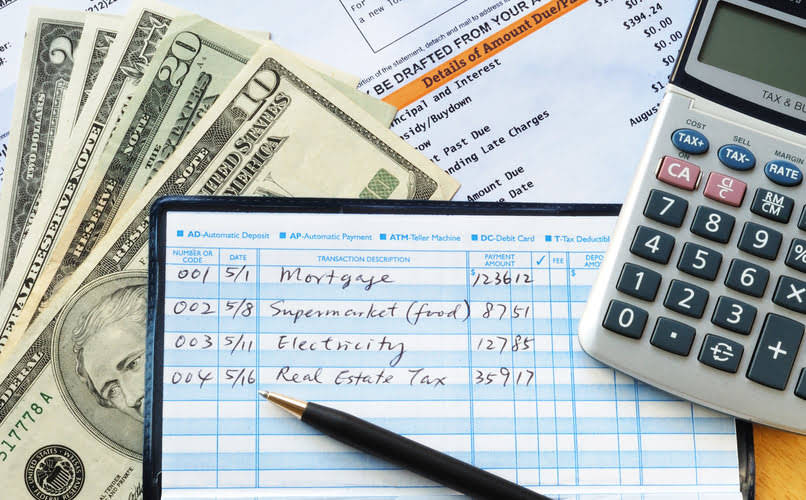
The components of assets, liabilities, and equity are broken down into further sub-headings to provide in-depth information to the users. The components of assets and liabilities are also classified as current and non-current. Larger organizations use a classified balance sheet format as the format provides detailed information to the users for better decision-making. A Classified Balance Sheet provides more details than a regular balance sheet. It classifies assets and liabilities in categories that make it easier for readers of the financial statement to analyze the information.
Clear Lake Sporting Goods has accounts payable and has collected payments from a few customers that it hasn’t yet shipped its product to (unearned revenue). The note payable is not due for several years, thus making it a noncurrent liability (see Figure 5.8). The classified balance sheet is thus broken down into three sections; assets, liabilities, and owner’s equity. If prepared correctly, the total assets on the balance sheet equals the total liabilities and owner’s equity sections of the balance sheet. By following these steps, a business can prepare a classified balance sheet that provides a clear and organized snapshot of its financial position at a particular point in time. This detailed view can then be used to analyze the business’s liquidity, solvency, and overall financial health.
Balance Sheet: Explanation, Components, and Examples
Besides, it is also hard to identify different items relating to varying classifications. For example, you can take totals of current assets and current liabilities in the classified balance sheet to calculate the current ratio. Therefore, it is recommended that companies should use classified balance sheets to facilitate the users of their financial statements. Current liabilities are like the money you borrowed from a friend that you need to pay back soon. This includes accounts payable (bills the company needs to pay), and other short-term debts.

These classifications mainly include current and non-current sections for both assets and liabilities. Current assets, such as cash, accounts receivable, and inventory, are resources expected to be used or converted classified balance sheet into cash within a year. Non-current assets, including property, plant, and equipment (PP&E), and long-term investments, are anticipated to provide economic benefit beyond a single operating cycle or one year.
Preparing a Classified Balance Sheet: Step-by-Step Guide
Likewise, a classified balance sheet segregates an organization’s liabilities into classes like long-term liabilities, short-term liabilities, and equity. Liquidity means the ease with which the company could convert the assets into cash. Cash, short-term marketable investments, accounts receivables, and inventory are all relatively liquid. Fixed Assets like property, plant & equipment are not as liquid and may take some time to dispose or otherwise convert into cash. Finally, intangible assets could be placed on a balance sheet if they were acquired from a different company or entity. If they were created within the company, then they are not allowed on the balance sheet per the rules established by the Financial Accounting Standards Board and the International Accounting Standards Board.
- For example, if a business purchases a vehicle for $20,000 that it expects to use for five years, it would be classified as a fixed asset.
- A classified balance sheet has liability, asset, and equity sections in subcategories for ease in usability.
- This guide will show you how to sort a company’s assets, liabilities, and shareholders’ equity step by step.
- Before a bank credits your money, they need to know what is your company’s worth, what you own, and what you owe.
This account may or may not be lumped together with the above account, Current Debt. While they may seem similar, the current portion of long-term debt is specifically the portion due within this year of a piece of debt that has a maturity of more than one year. For example, if a company takes on a bank loan to be paid off in 5-years, this account will include the portion of that loan due in the next year.
